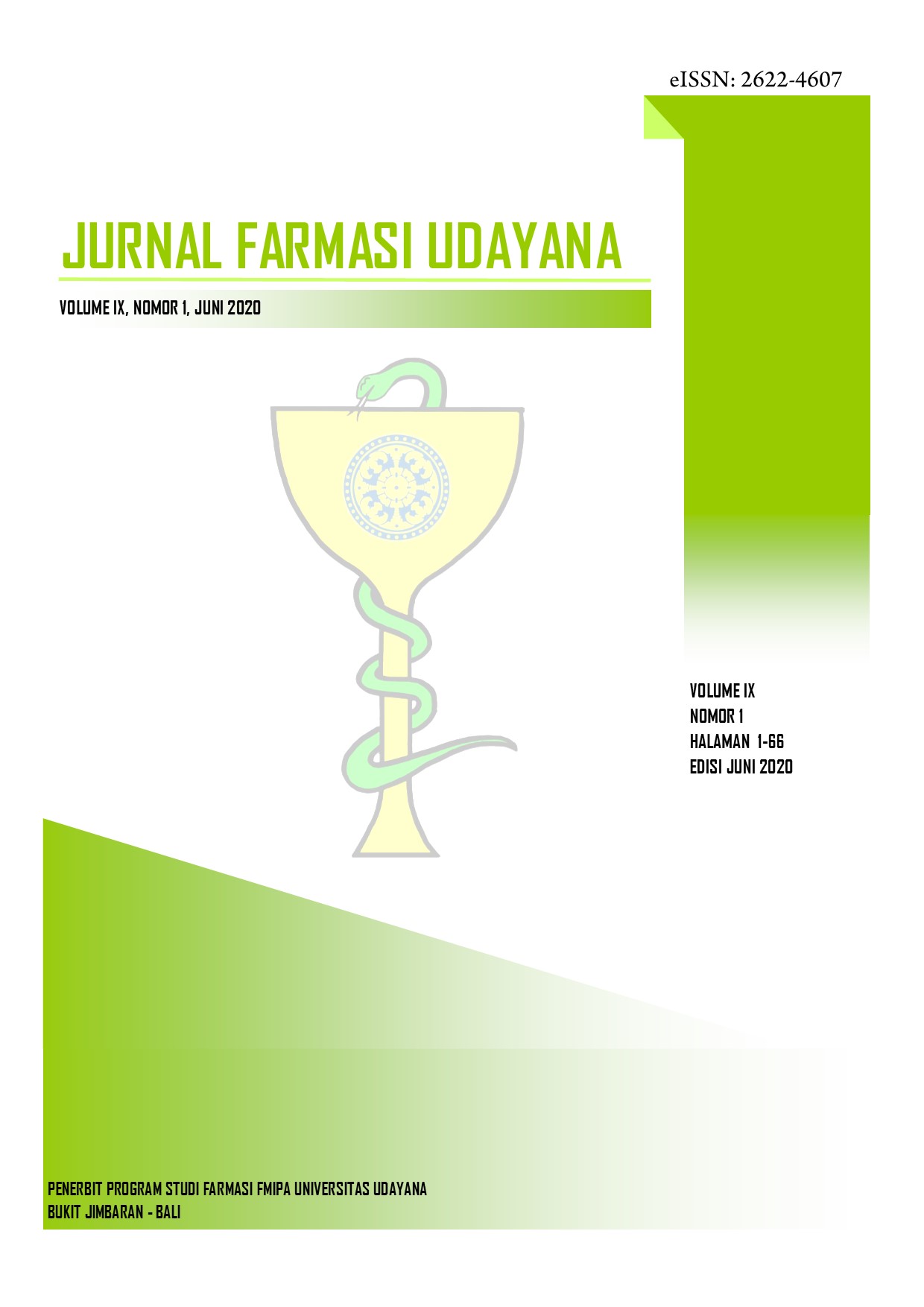Analisa Kesukaan Produk Balsem Aroma Bunga
Abstract
Balm is a thick oil containing resin oil and essential oils, feels hot. Balm is applied by rubbing and rubbing on the skin. The balm has the benefit of reducing muscle aches, which are caused by the burning sensation of the balm. Essential oils can cause a refreshing and soothing sensation after the use it. This balm can calm consumers who experience muscle pain. The aim of this study is to find out the best formula preferred by consumers aged 20 to 60 years. The method of this study is a qualitative analysis, based on the answers of questionnaires by respondent. Four balm formula was tested, namely Balm no 1, Balm no 2, Balm no 3, Balm no 4. The parameter assessed is aroma, texture, color and warm sensation. The results show that the description of male consumers (54.5%), women (45.5%), ages 20-30 years (45.5%), ages 31-40 years (27.3%), ages 41-50 years (18.2%), aged 51 years and over (9%). The results showed that most respondent liked Balm No. 4, both in terms of aroma, texture, color and warm sensation. It is expected that this warm feeling will be able to reduce the aches in the muscles of respondent.
Downloads
References
Anonim. 1995. Farmakope Indonesia Edisi IV. Jakarta : Departemen Kesehatan Indonesia.
Buchbauer,et al. (2017). Formulation and Activity Combination of Essential Oil in Aromatherapy of Wax. Journal of Essential Oil Research.6(1):124-127.
Compadre, C.M., Robbins, E., Kinghorn, A.D. (1986). The intensely sweet herb, Lippia dulcis Trev. historical uses, field enquiries, and constituents. J Ethnopharmacol. (15): 89-106.
Ellenhorn, M.J., Barceloux, D.G. (1998). Camphor In Medical Technology: Diagnosis and treatment of human poisoning. New York: Elsevier, pp.: 505-507.
Joseph, A. F. and Oliver G. (2013). Menthol – Pharmacology of an Important Naturally Medicinal “Cool”. Mini-Reviews in Medicinal Chemistry, (13): 124-131
Kazemivash, N., and Asgapanah. (2009). Phtochemistry and Pharmacologic Properties of Myristica fragrans Houtt A review. African J Chem. 115(3):1114-9.
Patel, T., Ishiuji, Y., Yosipovitch, G., (2007). Menthol: a refreshing look at this ancient compound. J. Am. Acad. Dermatol, 57(5), 873-878.
Rowe, R.C., Paul, J.S., and Marian, E.Q., 2009). Handbook of Pharmaceutical Exipients, Pharmaceutical Press and American Pharmacist Association, USA. 808-809.
Sheng, J. J. (2009). Handbook of Pharmaceutical Excipients, 6thed, Pharmaceutical Press, Washington, pp.445-447.
Wei, A., and Shibamoto, T. (2010). Antioxidant/Lipoxygenase Inhibitory Activities and Chemical Compositions of Selected Essential Oils. J Agric Food Chem. 58(12) :7218-25.
Xu, H., Blair, N.T., Clapham, D.E. (2005). Camphor activates and strongly desensitizes the transient receptor potential vanilloid subtype 1 channel in a vanilloid-independent mechanism. J Neurosci. 25: 8924-8937




